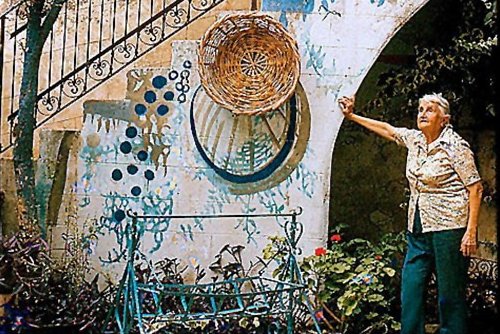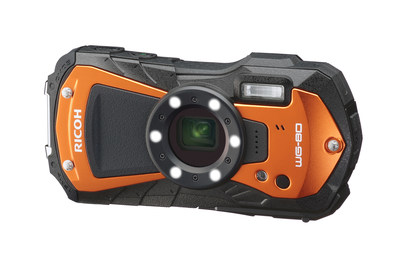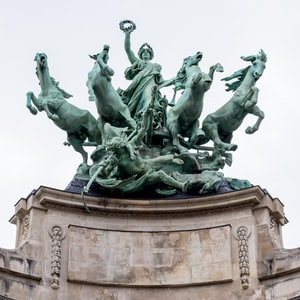Sionah Tagger – my daily art display
6 min read
In a lot of of my blogs I have featured European artist who experienced ancestors who had been section of the European Jewish group such as Marc Chagall, Chaim Soutine, Max Liebermann, Diego Rivera and Isaac and Joseph Israels. As I look down the list of Jewish painters it seems to be dominated by male artists. In this web site these days I want to characteristic a person of the great woman Jewish painters, Sionah Tagger, who was just one of the pioneers of Modernist painting in Israel.
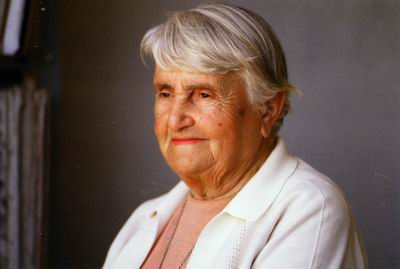
Sionah Tagger was born in Jaffa, Israel on August 17th 1900. She was the eldest daughter of Shmuel and Sultana Tagger, who were being associates of the Ahuzat Bayit group, the founders of Tel Aviv. Their house exactly where she was born was at 3 Rothschild Boulevard and was the initial two-storey home in Tel Aviv. Her ancestors hailed from Spain and in the latter aspect of the fifteenth century they moved to Holland and then afterwards they lived in Germany and Bulgaria. Sionah’s father Shmuel, when he was just an infant, left Bulgaria with his household and immigrated to Palestine in 1868. In 1890, when he was 20-two-several years aged, he married Sultana, who was the daughter of a rich resident of the Old Metropolis in Jerusalem. The freshly-weds moved to Nahalat Shiva, the 3rd neighbourhood developed outside the house the walls of the Old City of Jerusalem in the 1860s. Later on, they moved to Jaffa, where by Shmuel set up a enterprise importing furnishings and trading in leather. As a practicing Jew, Schmuel was associated in the founding of Jaffa’s central synagogue and of the Ohel Moed synagogue in Tel Aviv.
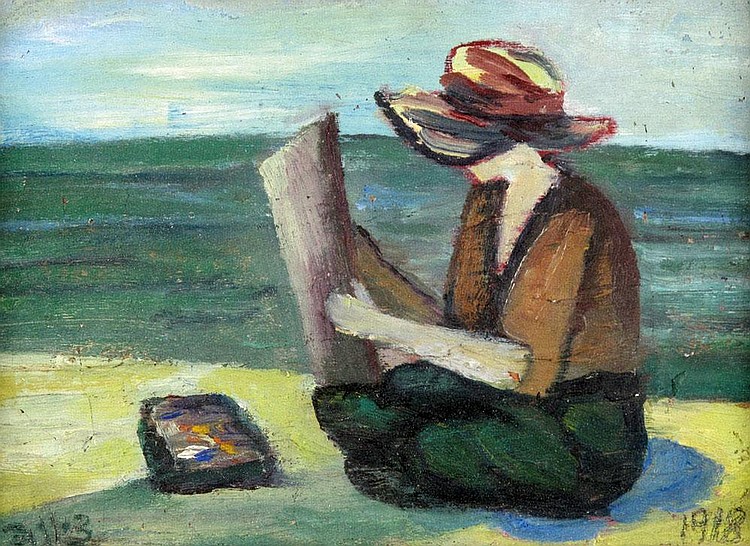
Sionah Tagger experienced seven brothers and sisters – Asher, Baruch, Miriam, Shoshana, Hezkia, Shalom and Yosef. She was the oldest woman. Sionah attended a variety of distinctive universities in Jaffa, Tel-Aviv and Jerusalem which include the Faculty for Women in Neve Tzedek, the Levinsky Teachers Seminar and the Alliance Faculty in Jerusalem, in advance of commencing her initially inventive training with Avraham Eisentein-Aldema, just one of the early Israelie bohemians. From there she commenced night lessons at the Hatomer Cooperative Studio at the Gymnqsia Herzliya in Tel-Aviv, which had been started by Yaacov Peremen. Yosef Constantinovsky (Consistent) and Yitzhak Frenkel were the most important painting academics at the studio. Equally instilled in their pupils the spirit of Russian Futurist Cubism, which was based on French art.
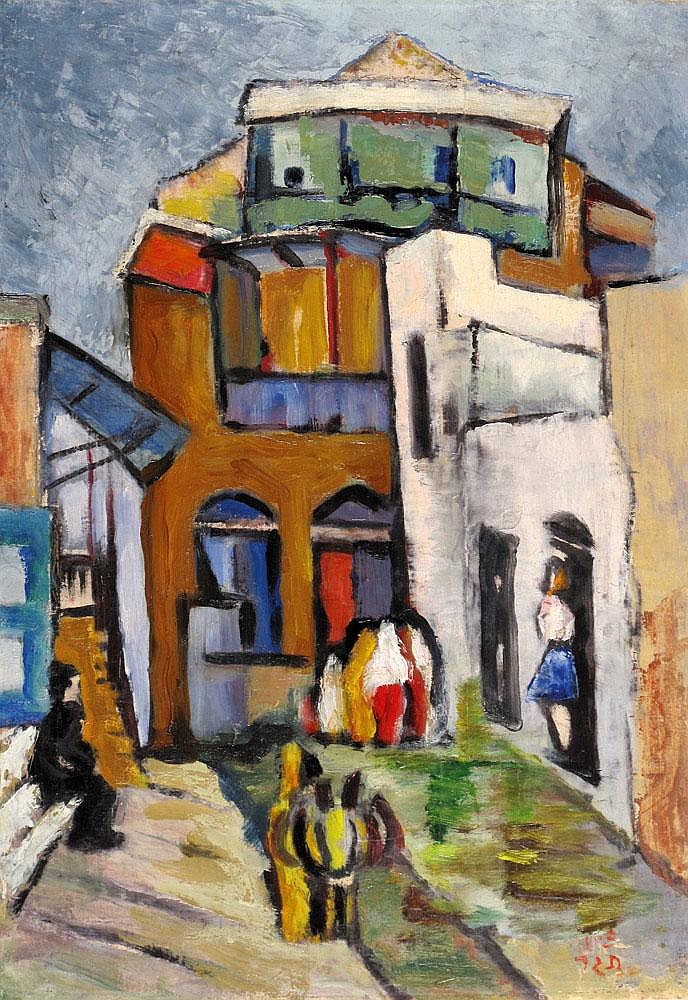
From the age of 20-1, Sionah enrolled on a program at the Bezalel Faculty of Artwork in Jerusalem, in spite of her former instructors remaining opposed to the Academic, Intimate fashion of the Bezalel School’s creative education. Irrespective of whether she experienced been swayed by the views of her prior artwork instructors, Sionah was one of the learners who protested towards Boris Shatz, the founder of the Belazel University and Abel Pann just one of the principal lecturers for their conservative strategy
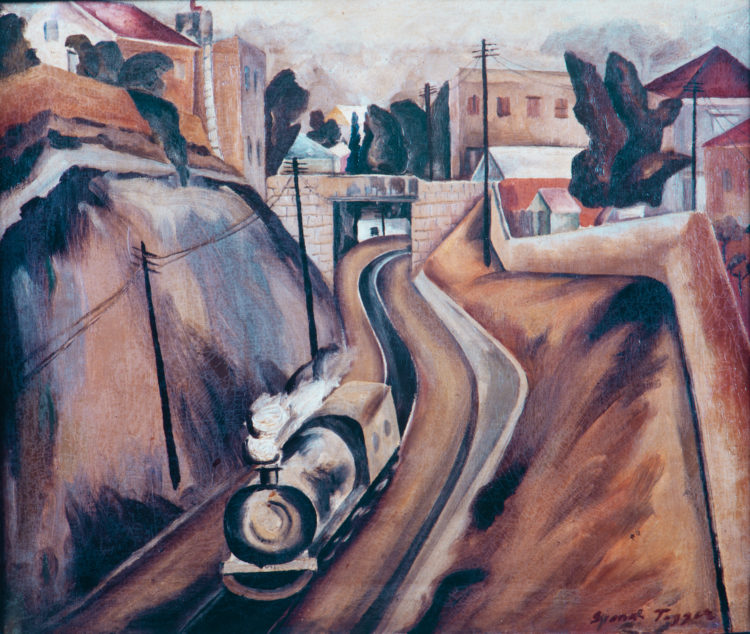
Sionah 1st exhibited some of her operates at the “First Inventive Exhibition” organized by Ferman at Gymnasia Herzliya in Tel Aviv. In the late 1923 with help from her spouse and children she travelled to Paris, wherever she stayed for two yrs, residing in the Montparnasse district of the cash. She attended the newly opened academy of André Lhote which was positioned near to the Montparnasse railway station. The academy of André Lhote was much sought immediately after and attracted an unprecedented range of worldwide pupils. For the duration of her time in Paris, she studied draughtsmanship, composition and painting and over time she turned influenced by Cubism, the revolutionary new method to representing reality. The movement was founded by artists Pablo Picasso and Georges Braque about 1907/8 but by the 1920’s when Sionah was in Paris she was attracted to the Fauvist functions of André Derain. Even though she returned home in 1925, she became the initial feminine member of the Hebrew Arts Association. She revisited the Lhote Academy in the course of her continue to be in Paris in 1930/31, as effectively attending the Académie de la Grande Chaumière.
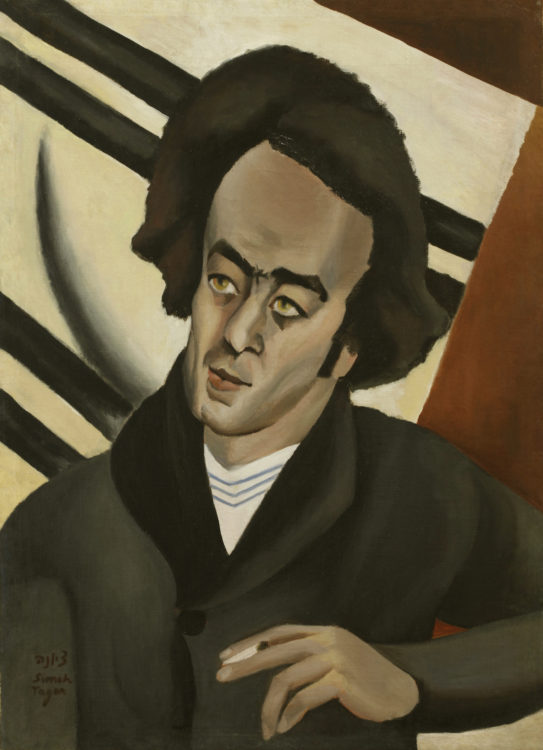
After two several years, Sionah returned to Israel and joined the local group of modern-day artists. They organised numerous exhibitions, some at the Ohel Theatre, at the Tower of David in Jerusalem. In 1931, Tagger held a solo exhibition at Gymnasia Herzliya in Tel Aviv, which was titled “Framed Portraits.” Sionah also participated in a number of exhibitions in Paris. On December 7th 1934 she gave beginning to her son Avraham who would later turn into a member of the Knesset from 1977 to 1996 and for a time was the Minister of Agriculture. In 1938, Sionah exhibited her paintings in Cairo, at the Friedman-Goldenberg Gallery.
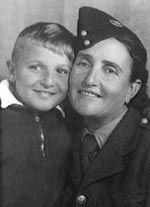
All through Planet War II, four of her brothers joined the British military and in 1942, Sionah Tagger, who at the time experienced an eight-year-previous son, volunteered for the British Military, serving in just one of the British army’s ATS divisions the place she served mainly in Egypt and in the Western Desert exactly where they carried out administration operate. They have been later on also experienced as ambulance and shipping and delivery drivers. Planet War II was at its peak, and the Jewish population of Required Palestine was in danger. In 1944, Sionah was unveiled from the military and went again to Tel Aviv, in which she held a large exhibition of her paintings in the lobby of Habima Theatre. The exhibition involved 40 oil paintings, 30 watercolours and sketches depicting the encounters of woman troopers in the British army.
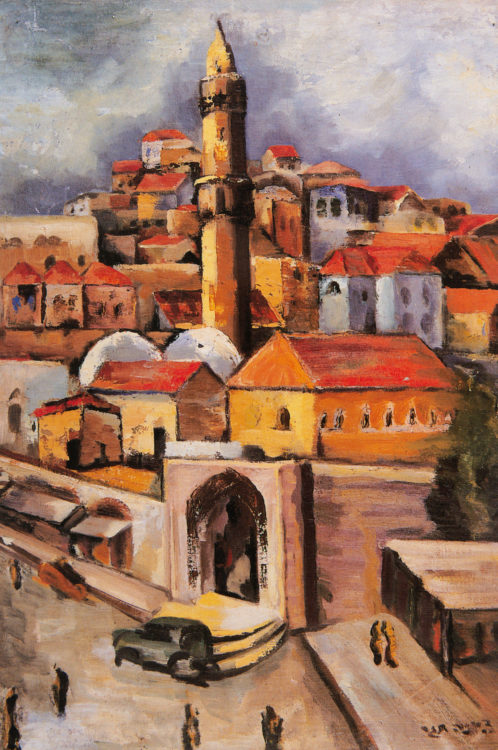
Though she had prolonged stays in Paris, she also journeyed all around Germany, Italy and Spain but normally returned to her Israeli homeland the place she would paint nearby landscapes. In 1948 Tagger represented Israel in the Venice Biennale. In the Northern Israeli town of Safed there was an artist’s colony. The founding users of the Artists’ Colony settled in Safed shortly immediately after the generation of the State of Israel in 1948 and they took over an deserted mosque which they turned into an exhibition centre for their artists’ cooperative. This Artists’ Colony was really significant in the development of Israeli art.
Sionah arrived in Safed in 1951 and acquired a nineteenth-century church at the coronary heart of the city’s Christian-Arab neighbourhood. A short time immediately after she acquired the setting up, Sionah associated that a priest experienced arrive to the home to carry off the bell that had been located in the church’s bell tower. Thirty yrs immediately after settling in Safed Sionah recalled early daily life in the Safed Colony:
“…The sights and alleyways lured painters to Safed. In the evenings we would wander around the city and talk about artwork. Immediately after Castel arrived Isakov, Shemi, Frankel, Marzer, Holtzman, Amitai, Lerner, Zachs and myself. We experienced no electric power through the artist’s colony’s initially times, and so we applied oil lamps in its place. Our events ended up all illuminated by the light of an oil lamp, and every just one of us would are likely to it in transform. Drinking water was also scarce, and so we would have h2o in cans from the dormant spring situated in the artists’ colony…”
Tagger held in excess of 40 solo exhibitions, partly for the reason that she experienced to make her dwelling from the sale of her is effective, and she participated in several team exhibitions in Israel and overseas. Sionah Tagger died on June 16th 1988, aged 87.

